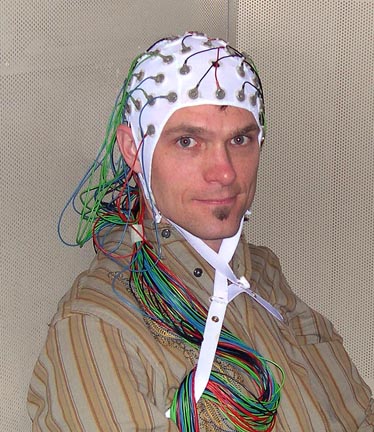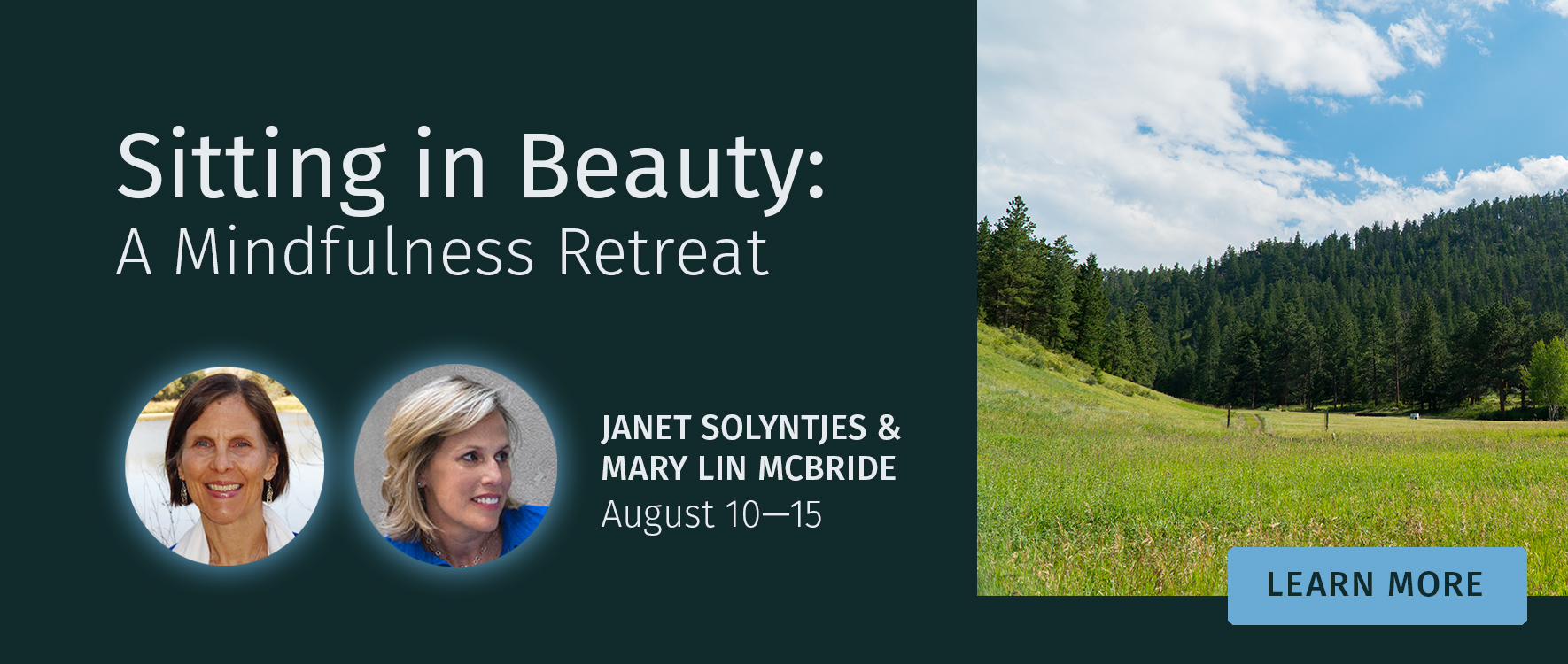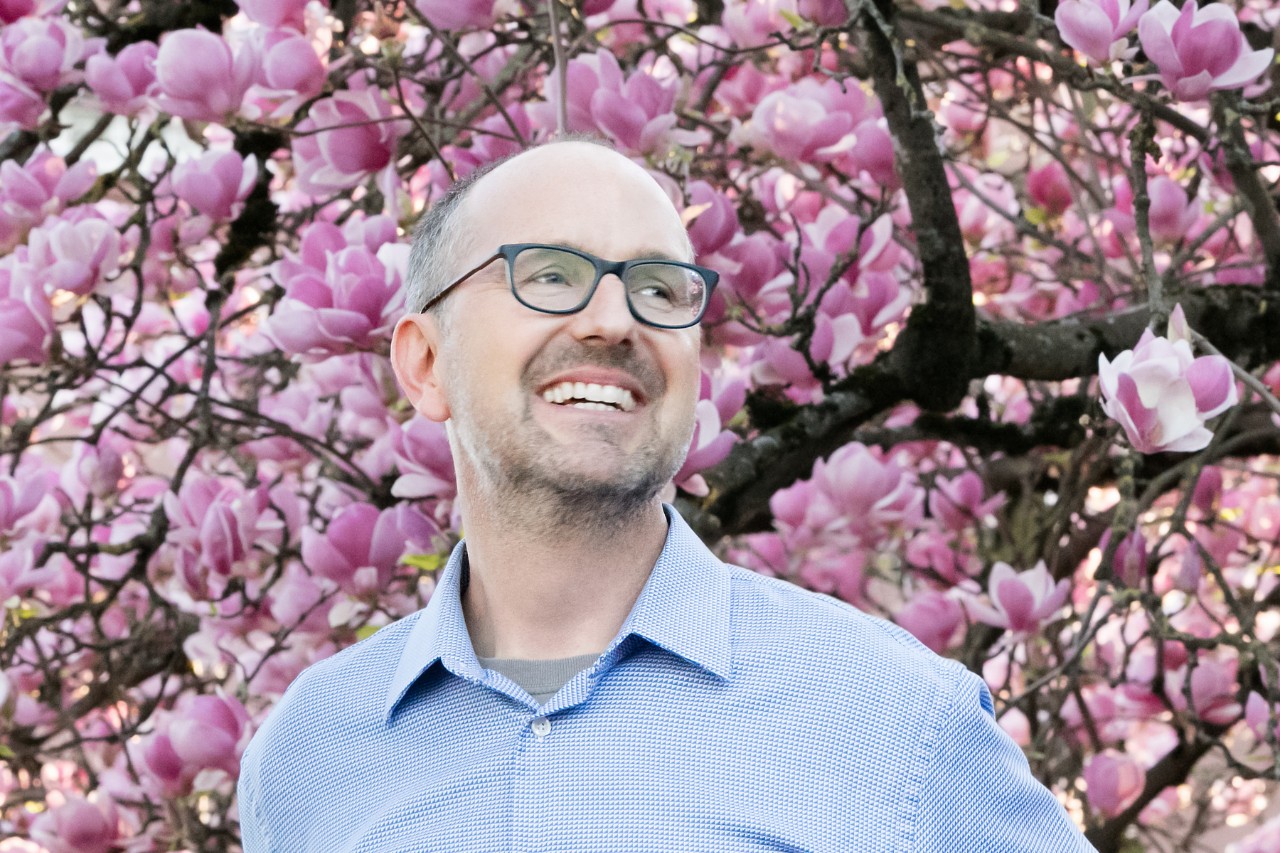The Shamatha Project, Part I

By Sarah Sutherland
If you’ve ever done a retreat at Shambhala Mountain Center, it’s likely that at some point following the retreat, you noticed a difference in yourself. Maybe you felt calmer, or had more patience. Or perhaps you just felt better about your place in the world. And you probably wondered how long the changes would last. If so, you’re not alone.
In the Shamatha Project—the largest and most comprehensive study ever done on the psychological, physical, and behavioral effects of intensive meditation—researchers studied (and still are studying) the effects of meditation on people who participated in three-month retreats at Shambhala Mountain Center in 2007.
“This project represents a true long-term perspective on the developmental consequences of intensive meditation training,” said lead researcher Clifford Saron in a press release from the University of California, Davis, where he is an associate research scientist. “Nothing quite like this has been done before.”
Saron and a team of research assistants, graduate and post doctorate trainees, and nearly 30 investigators and consulting scientists from universities across the United States and Europe looked not so much at what people do while they meditate, but rather at what people do differently because they meditate.
“Three months sounds like a long time to meditate full time, but actually in terms of reshaping the way you regard the world emotionally, it’s not really that long,” Saron explained in a TEDx UC Davis presentation last May. “The study suggests that after three months, retreat participants showed an enhanced ability to keep in mind complex and painful realities without pushing them away. This may be the crucible for the arising of a compassionate response when confronted with suffering in yourself and others.”
With 60 volunteers, recruited mainly from advertisements in Buddhist publications, the researchers created two randomized groups of 30, with the first group entering the three-month retreat, while the second group served as a control group and were flown to Shambhala Mountain Center for testing just like the retreat group. Six months later, the second group completed their own retreat as well.
As part of the project, retreatants received instructions from Buddhist scholar Alan Wallace, the contemplative director of the project and a co-author on study publications. Dr. Wallace taught shamatha meditation and the Four Immeasurables, practices to tame the mind and open the heart.
Shamatha, which is the Sanskrit word for meditation, means resting in a state of quietness, or calm abiding. It is a simple, yet profound practice in which you place your awareness on your breath, following the sensations as you inhale and exhale and coming back to the breath when your mind has wandered off. The point of shamatha, according to Wallace, is to make our minds serviceable—stable and clear—and lays the foundation for cultivating the Four Immeasurables: loving-kindness, compassion, sympathetic joy, and equanimity.
In contemplating the Four Immeasurables, we generate qualities of love, compassion, joy, and equanimity toward ourselves and toward all beings. Different yet complementary to shamatha, the Four Immeasurables is a heart-opening practice that deepens our relationship to ourselves and to others.
During their three-month retreat at Shambhala Mountain Center, participants meditated alone for about six hours a day and met in groups twice daily for guided meditation and discussion. They also met weekly with Wallace for meditation interviews. The results were astounding. To find out more, read the second in our series on the Shamatha Project: Part II: Analyzing the Results.







